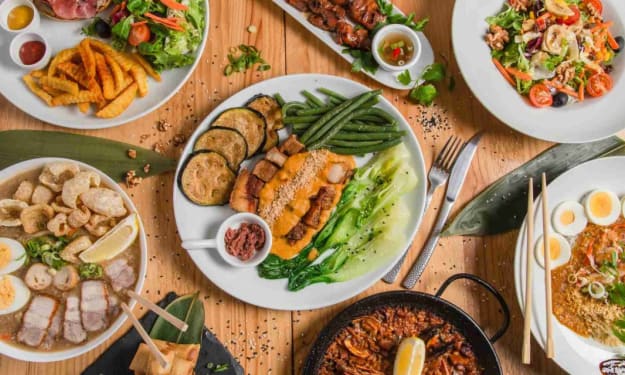
In the United States alone, 50% of all our produce is wasted each year- That’s $160 billion worth of food, according to a Guardian report. While millions are starving from malnutrition and food deserts, landfills are being overrun by foods that are no longer good or aesthetically pleasing. Not only do we waste food by doing this, but we waste water- approximately one quarter ($172 billion) of our water supply, in food that goes uneaten. The result is playing a big contributor to our global warming problem by creating gases from wasted food in the landfills that harm our planet. Fortunately, there is a solution to solve all of these problems in one. The freeze-dried foods market has seen massive growth in the last several years and is expecting to reach $65950 million by 2026. While in competition with fresh produce, freeze-dried foods maintain their size, taste, and nutritional values as fresh foods do, but they show an even longer shelf life like never seen before.
What is Freeze-Drying?
Freeze-drying is the process of dehydrating frozen foods when placed under a vacuum that removes all of the moisture content from the product. When doing this, it takes the moisture and changes it from a solid to a gas, passing the liquid state altogether in what’s called sublimation. Sublimation requires very careful control in its process over both temperature and pressure to ensure that it’s done correctly. It might sound a little complex, but overall, there are only three steps when it comes to freeze-drying foods: pre-freezing, primary drying (during sublimation), and secondary drying (to remove any remaining water). Once this is done, we can enjoy our favorite fruits, vegetables, meats, and even coffee and dairy products.
Do Freeze-Dried Foods Lose their Nutritional Value?
Like many other techniques, there is always the concern of stripping the nutritional value of our ingredients when we prepare them. Whether it’s boiling, baking, deep-frying, or freezing, there are countless ways to prepare or cook our ingredients, but consuming them doesn’t always mean that we’re getting in those nutrients. Deep-frying, for example, dehydrates the food while stripping the protein, vitamins, and minerals from it. With freeze-dried foods, we don’t have to worry about that. Compared to other methods, freeze-dried foods lose almost none of their nutritional value, and with only the water content removed, it actually makes the products more flavorful. The only nutrients that are lost in some cases with freeze-dried products are Vitamins A, C, and E, but it’s very minimal and won’t have a dramatic effect on our levels.
What is the Shelf Life?
The shelf life for freeze-dried foods in comparison with fresh foods and other alternatives is astronomical. Most fresh foods will last approximately 3-7 days (depending on the food group and storage of food). With frozen foods, we are lucky enough to be able to freeze extra produce, meats, poultry, soups, and sauces for around 6-12 months. Most typical households freeze their food to use at a later date so that we don’t have to waste it, which unfortunately most of the time ends up happening anyway due to freezer burn. This is the problem with our households. We either buy or cook too much food, purchase products on sale to freeze for a later time or we purchase food that we’re not going to take the time to prepare and in the end, all of it goes bad and has to be tossed out. Freeze-dried food prevents all of this from happening with its shelf-life outliving all of the rest. In a can, freeze-dried foods can be good up to approximately 25 years, and in a polybag container, six months to three years.
Freeze-dried foods are the perfect nutritious snack for both adults and kids to enjoy whenever and wherever. Companies such as Sow Good are changing the way we eat produce by turning billions of dollars of “ugly” foods into a fun new way to eat fruit and vegetables. By helping fight food waste, producing healthy and delicious snacks for consumers, and reducing emissions by lightweight products, companies like these are showcasing the future of nutrition and what is important- ”turning wasted produce into a thing of the past.”





Comments
There are no comments for this story
Be the first to respond and start the conversation.